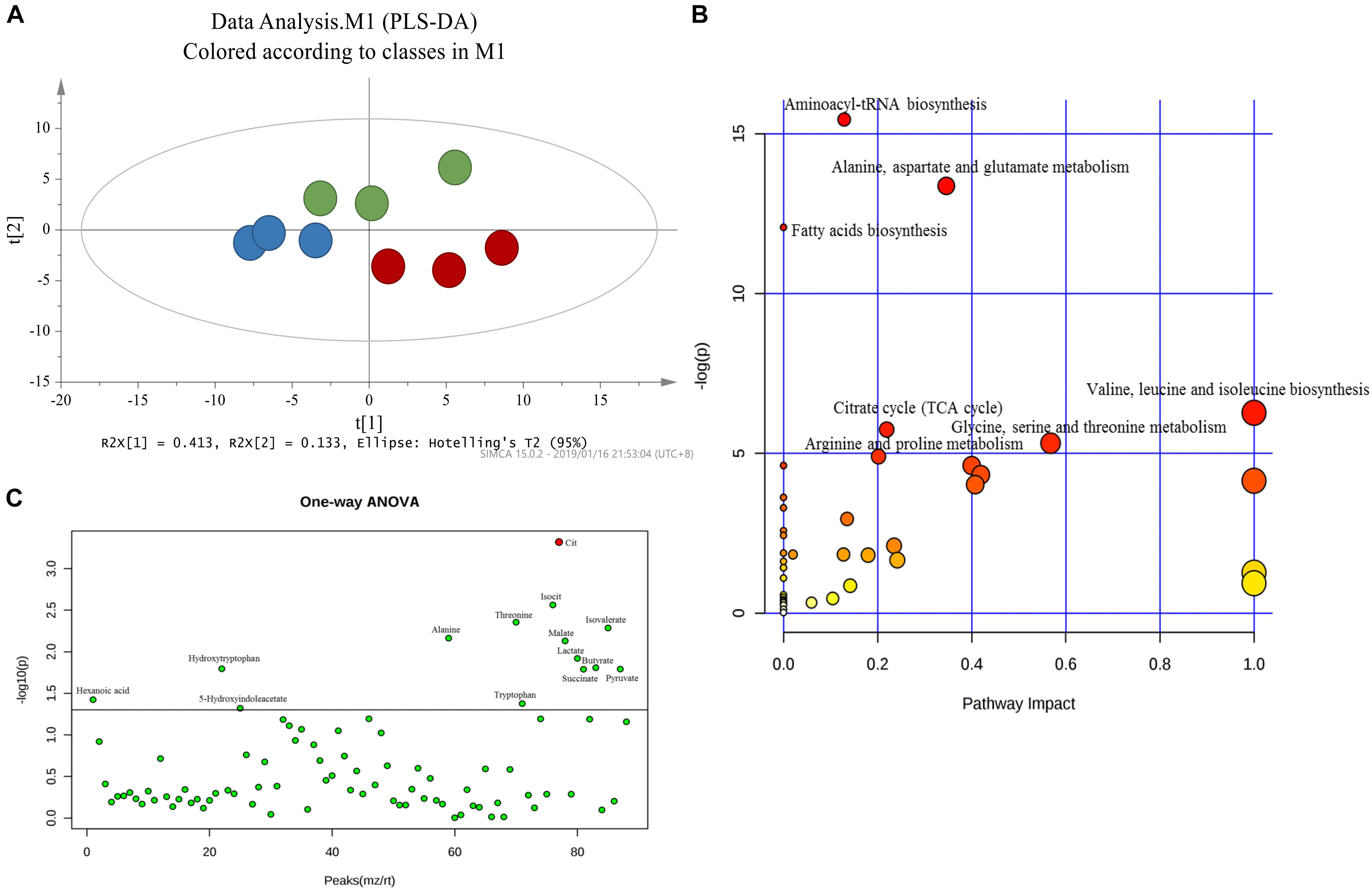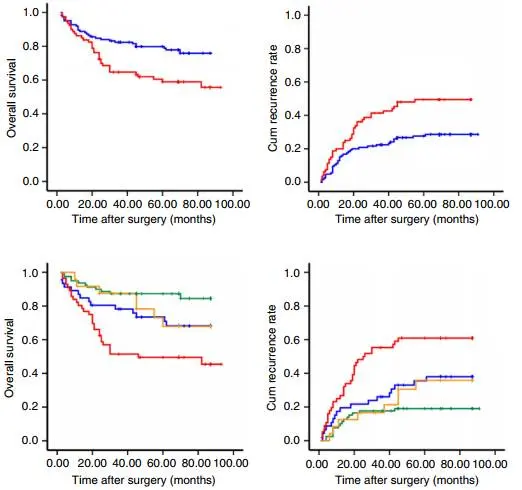
With a 2 degree wedge the reflection from the second surface will be 4 degrees away from the reflection of the first surface and is easily discarded at a subsequent aperture. In contrast, the closer comes to 1 or -1, the stronger the linear relationship.A value of near or equal to 0 implies little or no linear relationship between and.So what the heck does the 2 degree wedge have to do with anything?!?! The wedge prism is used to prevent the second surface reflection (or multiple reflections) from confusing the beams. We can compute the t-test as follow and check the distribution table with a degree of freedom equals to :Ī rank correlation sorts the observations by rank and computes the level of similarity between the rank. A rank correlation has the advantage of being robust to outliers and is not linked to the distribution of the data. Note that, a rank correlation is suitable for the ordinal variable. Spearman’s rank correlation, is always between -1 and 1 with a value close to the extremity indicates strong relationship.

With stated the covariances between rank and. The denominator calculates the standard deviations. Three string values:Īn optional argument can be added if the vectors contain missing value: use = “complete.obs” method: The formula used to compute the correlation.It takes three arguments, and the method. wcloth: budget share for clothing spend.There are 1519 observations with ten features, among them: This dataset reports the budget allocation of British households between 19. # $ children_fac Yes, Yes, Yes, Yes, No, No, No, No, No, No, Yes.

Output: # -0.2501252 Correlation Matrix in R Output: # -0.2466986 cor(data$log_income, data$wfood, method = "spearman") cor(data$log_income, data$wfood, method = "pearson") We can compute the correlation coefficient between income and wfood variables with the “pearson” and “spearman” methods.

The bivariate correlation is a good start, but we can get a broader picture with multivariate analysis. A correlation matrix is a matrix that represents the pair correlation of all the variables.Ī correlation with many variables is pictured inside a correlation matrix. The cor() function returns a correlation matrix.

The only difference with the bivariate correlation is we don’t need to specify which variables. By default, R computes the correlation between all the variables.


 0 kommentar(er)
0 kommentar(er)
